Sazon is a traditional Latin American spice blend used to season meats, rice, and vegetables, known for its vibrant orange color and rich, earthy flavor profile. This guide covers everything you need to know about sazon spice blend, including its ingredients, creative uses, buying tips, and common questions.
Table of Contents
- What Is Sazon Spice Blend?
- The Magic Ingredients Inside
- Creative Ways to Use Sazon
- Sazon vs. Other Seasonings
- Buying Guide: What to Look For
- Pro Tips for Cooking with Sazon
- Frequently Asked Questions
- Final Thoughts
What Is Sazon Spice Blend?
Sazon translates to "season" or "seasoning" in Spanish, and when used as a spice blend, it's commonly associated with Puerto Rican and broader Latin American cuisines. It's a versatile mixture designed to infuse meats, grains, and vegetables with bold, earthy, and slightly citrusy flavors.
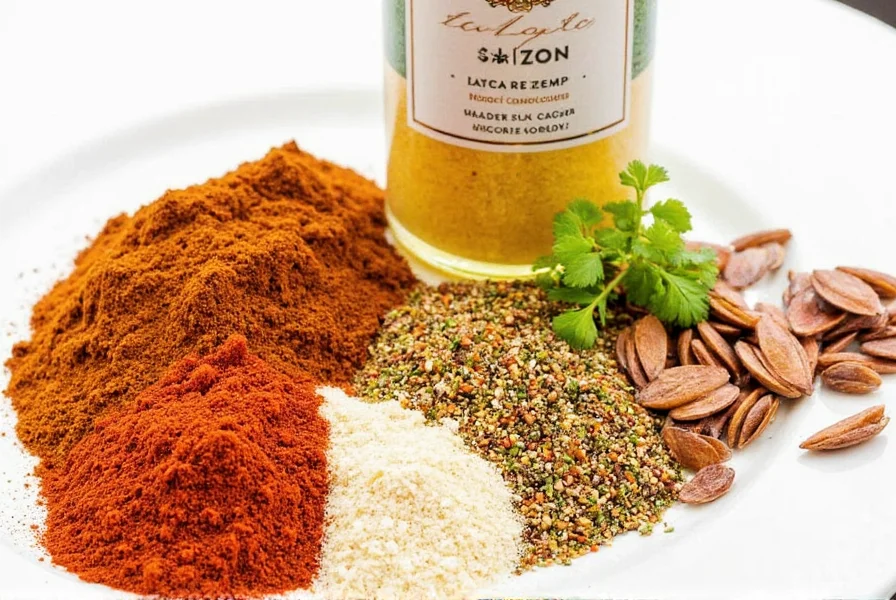
You'll commonly find sazon in two main versions: one that includes annatto (which gives it that signature orange hue) and another without, known as 'sazon sin achiote'. Each brings its own personality to the table — literally and figuratively.
The Magic Ingredients Inside
| Ingredient | Flavor Profile | Common Use |
|---|---|---|
| Cumin | Earthy, warm, nutty | Meats, rice dishes |
| Coriander | Fresh, citrusy | Vegetables, stews |
| Garlic Powder | Pungent, savory | Marinades, soups |
| Annatto (Achiote) | Mildly peppery, floral | Color and flavor base |
| Oregano | Herbaceous, pungent | Rice, beans, meats |
| Black Pepper | Spicy, sharp | General seasoning boost |
Why These Flavors Work Together
Each component in sazon serves a purpose — cumin adds warmth, coriander lifts the dish with brightness, garlic powder offers depth, annatto brings color and a subtle tang, oregano ties everything together with a herbal note, and black pepper provides a mild heat that balances the blend beautifully.
Creative Ways to Use Sazon Spice Blend
While sazon is traditionally used in Latin cooking, don't let that limit your imagination! Here are some ways to bring sazon into your everyday meals:
- Arroz con Pollo: The quintessential dish where sazon shines. Rub chicken with sazon before roasting or add it to the rice as it cooks.
- Bean Dishes: Add a teaspoon to refried beans, black beans, or lentils for an instant flavor lift.
- Grilled Vegetables: Mix sazon into olive oil and brush onto zucchini, bell peppers, or eggplant before grilling.
- Seafood: Sprinkle over shrimp or fish before baking or grilling for a Caribbean twist.
- Snack Seasoning: Combine with salt and lime zest to season popcorn, roasted chickpeas, or nuts.
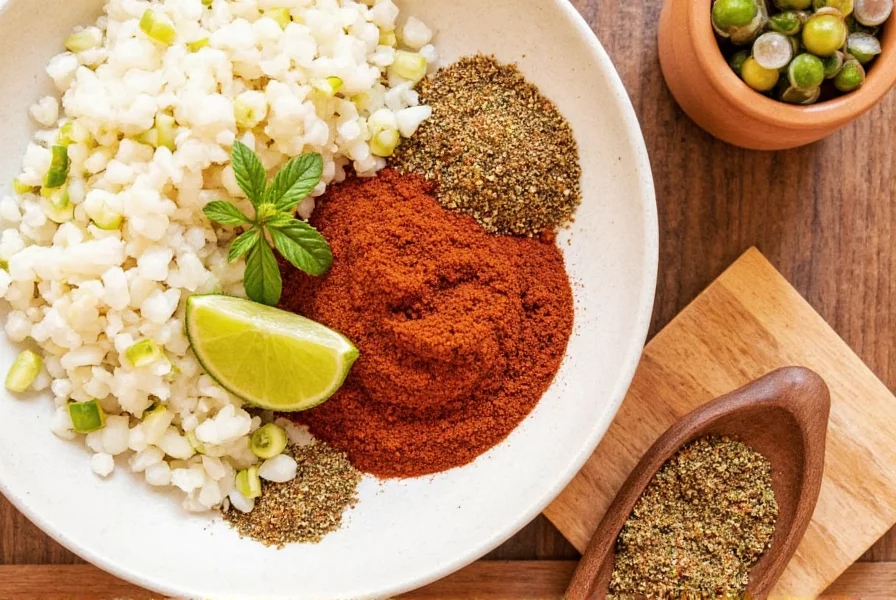
Pro Tip:
If you're new to sazon, start with a small amount — about ½ to 1 teaspoon per serving. You can always add more!
Sazon vs. Other Seasonings: How Does It Stack Up?
To truly appreciate sazon, it helps to compare it to other popular blends. Check out the differences below:
| Seasoning | Main Flavors | Best For | Unique Trait |
|---|---|---|---|
| Sazon | Earthy, citrusy, herbal | Latin dishes, grilled meats, rice | Bold color from annatto |
| Taco Seasoning | Smoky, chili-based | Mexican dishes, ground beef | Uses chili powder and paprika |
| Italian Seasoning | Floral, herby | Pasta, tomato sauces, bread | No single dominant spice |
| Adobo | Savory, garlicky, smoky | Marinades, rubs | Often contains salt and vinegar |
As you can see, sazon holds its own with its vibrant flavor profile and visual appeal. It's less about smoke and heat (like adobo or taco seasoning), and more about warmth and freshness.
Buying Guide: What to Look For When Choosing Sazon
Not all sazon blends are created equal. Whether you're grabbing it off the shelf at your local grocery store or ordering online, here's what to look for:
Top Features to Consider
- Natural Ingredients: Avoid additives and preservatives if possible. Check the label for artificial colors or fillers.
- Annatto Content: Decide whether you want sazon with or without annatto, based on flavor preference and aesthetic.
- Brand Reputation: Brands like Goya and Badia are well-known and trusted for quality sazon blends.
- Packaging: Choose resealable pouches or glass jars for better storage and longevity.
Popular Sazon Brands Compared
| Brand | With Annatto? | Key Features | Best For |
|---|---|---|---|
| Goya Sazon | Yes | Classic formulation, widely available | Everyday Latin cooking |
| Badia Sazon | Yes/No options | Available with or without annatto | Versatile home use |
| Mrs. Dash Latino | No | No added salt, natural herbs | Health-conscious cooks |
| Homemade Blend | Customizable | Fully customizable ingredients | DIY enthusiasts |
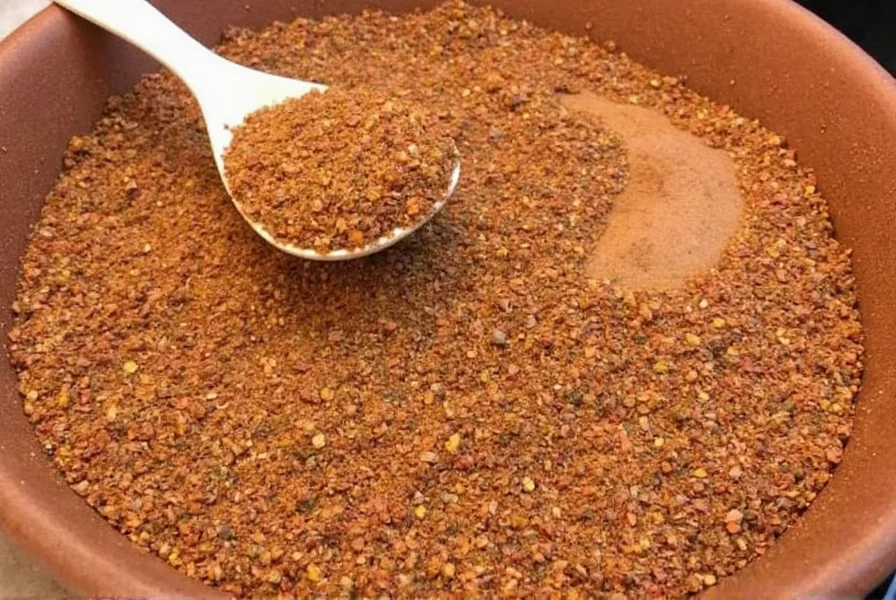
Pro Tips for Cooking with Sazon
Now that you've got your hands on some sazon, here are a few expert tips to make the most of it:
- Use Oil to Activate the Flavors: Because sazon contains fat-soluble spices like annatto and cumin, toast them in oil first to unlock their full potential.
- Add Early in Cooking: Sazon works best when added early in the cooking process, allowing the flavors to meld with the dish.
- Store Properly: Keep your sazon in a cool, dark place. A tightly sealed container will keep it fresh for up to a year.
- Make Your Own: Want full control? Create a homemade version using fresh spices and no preservatives.
- Pair With Citrus: Enhance sazon's bright notes by finishing dishes with a squeeze of lime or lemon juice.
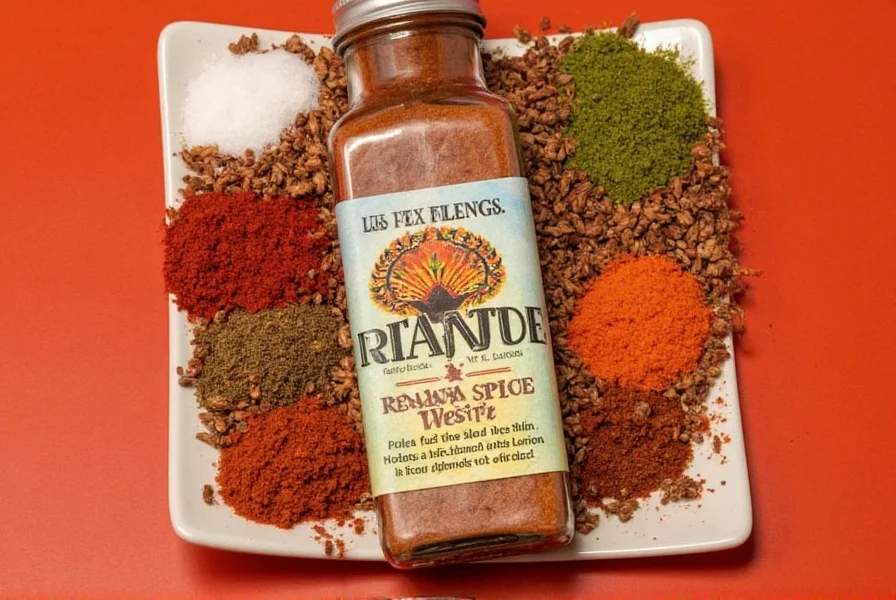
Frequently Asked Questions About Sazon Spice Blend
What is sazon spice blend made of?
Traditional sazon spice blend typically contains cumin, coriander, garlic powder, oregano, black pepper, and annatto (achiote) which gives it the signature orange color. Some variations may include additional ingredients like salt, turmeric, or other herbs depending on the brand or regional preferences.
Is sazon the same as adobo?
No, sazon and adobo are different seasoning blends. While both are used in Latin cooking, adobo is typically more garlic-forward with oregano and pepper, often containing salt and vinegar. Sazon has a more complex flavor profile with annatto providing color and earthiness, plus citrus notes from coriander. Adobo tends to be saltier, while sazon focuses more on color and aromatic qualities.
Can I make my own sazon spice blend at home?
Absolutely! Making your own sazon allows you to control the ingredients and avoid preservatives. A basic homemade version combines 2 tbsp ground annatto (or paprika for color), 1 tbsp cumin, 1 tbsp coriander, 1 tbsp garlic powder, 1 tbsp oregano, and 1 tsp black pepper. Mix thoroughly and store in an airtight container. You can adjust proportions to match your taste preferences.
What's the difference between sazon with and without annatto?
Sazon with annatto (achiote) has the characteristic orange-red color and a slightly floral, peppery flavor that's traditional in many Puerto Rican and Caribbean dishes. Sazon sin achiote (without annatto) lacks this color and has a milder flavor profile, making it more versatile for dishes where you don't want the orange hue. Both versions contain the same core spices but differ in appearance and subtle flavor nuances.
How should I store sazon to keep it fresh?
Store sazon in an airtight container away from heat, light, and moisture. A cool, dark cupboard is ideal. Properly stored, sazon will maintain its flavor for 6-12 months. Avoid storing it above the stove or near other heat sources, as this can cause the spices to lose their potency more quickly. For longest shelf life, consider dividing into smaller portions and storing the main supply in the freezer.
What dishes work best with sazon spice blend?
Sazon shines in rice dishes like arroz con pollo and arroz con gandules, as well as in stews, beans, roasted meats (especially chicken and pork), and grilled vegetables. It's also excellent in soups, marinades, and even mixed into ground meat for burgers or meatballs. While traditionally used in Latin cuisine, adventurous cooks have found success using it in scrambled eggs, roasted potatoes, and even in some seafood preparations for a Latin twist.
Is sazon spice blend spicy hot?
No, traditional sazon is not spicy hot. It has a warm, earthy flavor profile with subtle citrus notes rather than heat. The black pepper provides mild warmth but not significant spiciness. If you're looking for heat, you would need to add additional ingredients like cayenne pepper or hot sauce to your dish. Some commercial blends might include additional spices that vary the heat level slightly, but classic sazon is about flavor complexity rather than spiciness.
Can I substitute sazon in recipes if I don't have it?
Yes, but with some caveats. For color, you can use a pinch of paprika or turmeric. For flavor, try combining equal parts cumin, coriander, garlic powder, and oregano. However, you'll miss the unique flavor synergy of the complete blend. A closer substitute would be 1 tsp cumin, 1 tsp coriander, 1 tsp garlic powder, ½ tsp oregano, ½ tsp annatto or paprika, and ¼ tsp black pepper. Keep in mind that substitutes won't perfectly replicate sazon's distinctive profile.
Final Thoughts
Sazon isn't just a spice blend — it's a culinary passport to Latin America, offering warmth, vibrancy, and authenticity in every sprinkle. Whether you're a seasoned chef or a curious home cook, sazon spice blend deserves a permanent spot on your spice rack.
From enhancing rice dishes to jazzing up your grilled veggies, sazon is incredibly versatile and easy to work with. Just remember: a little goes a long way, and experimenting with different uses can lead to exciting new flavor discoveries.
So go ahead — grab a packet (or make your own!), dust off your favorite skillet, and let sazon take your cooking to the next level.
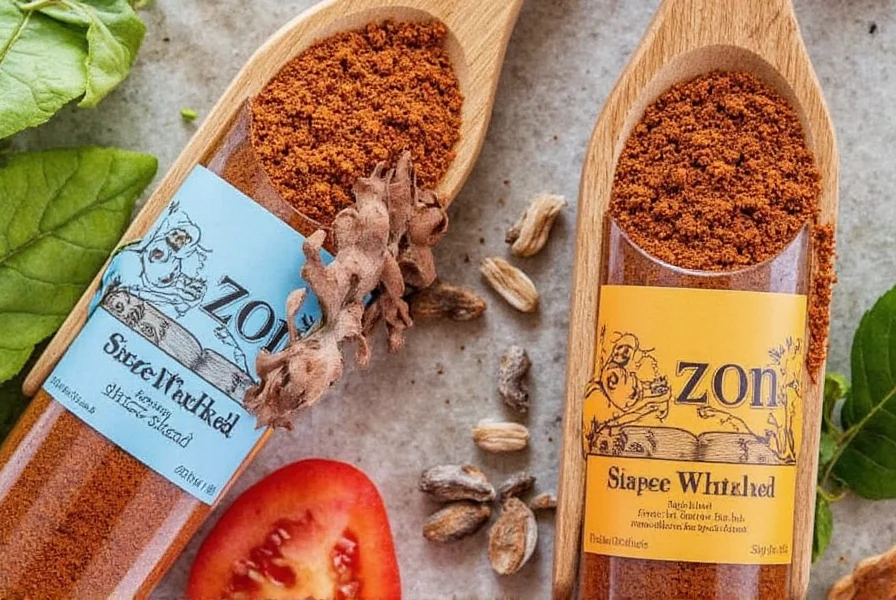










 浙公网安备
33010002000092号
浙公网安备
33010002000092号 浙B2-20120091-4
浙B2-20120091-4